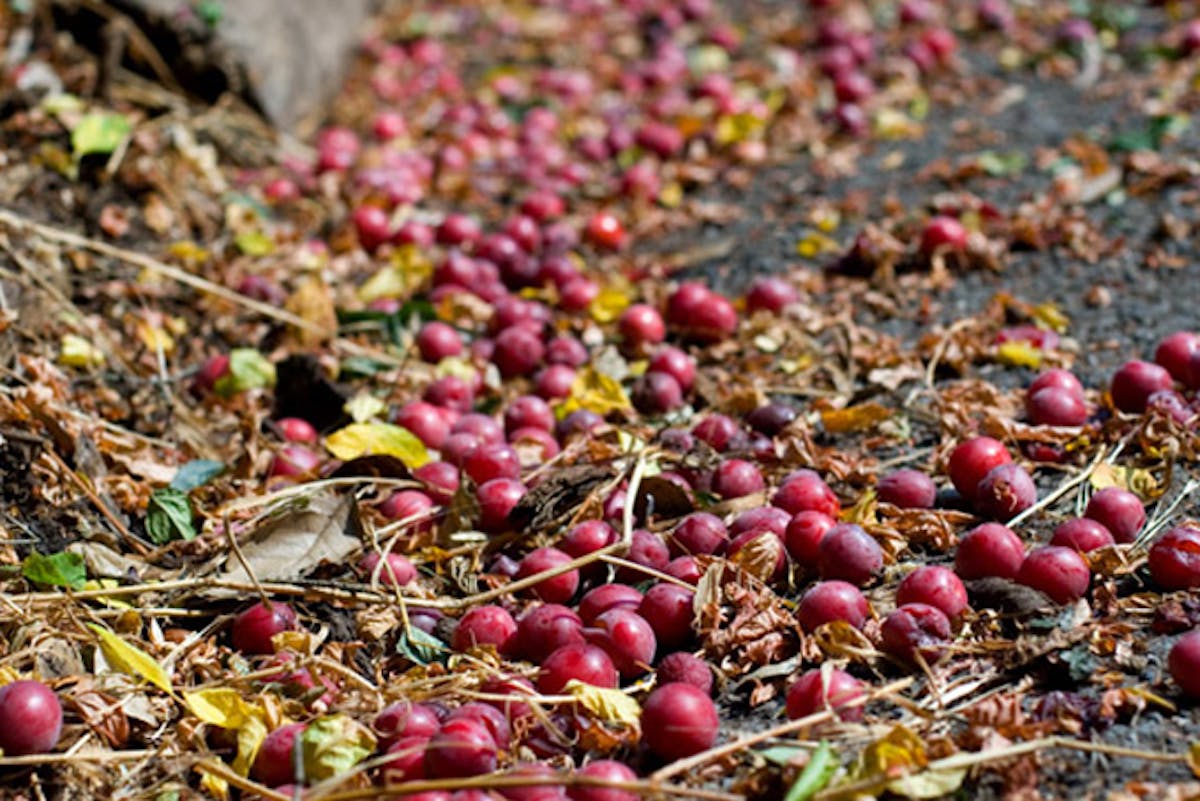Cooking with Natural Foods
There are many compelling reasons to cook and incorporate natural foods into your diet. This section talks about what I've done over the past few years to shift from a fairly typical All-American way of eating, to one that is focused on minimally-processed, natural foods.

I do my best not to be preachy on this site, and I'm not going to start here. But I will attempt in this section to tell you why I've done my best over the past few years to shift from a fairly typical all-American way of eating, to one that is focused on minimally-processed, natural foods.
Broadly speaking, there is a lot of room for improvement when it comes to the ingredients found in the average American pantry - the building blocks of your home cooking. It doesn't have to happen overnight, but I encourage you to start (or continue) the journey away from commercially raised fruits and vegetables of dubious origin, industrially produced cooking oils, highly refined sugars, and nutritionally barren flours. Before these products made their way into your house or apartment, many were showered with agricultural chemicals, treated with chemical solvents, and stripped of most of their vitamins, minerals, fiber, and flavor. Bad for you, bad for your family, bad for the environment. The good news is that the "processed-pantry" can be replaced by delicious, nutritious alternatives.
The term natural is open to interpretation, but here is what it means to me: Natural ingredients are whole--straight from the plant or animal--or they are made from whole ingredients, with a little processing and as few added flavorings, stabilizers, and preservatives as possible, thus keeping nutrients and original flavors intact; for example, tomatoes crushed into tomato sauce, cream paddled into butter, olives pressed into olive oil, or wheat berries ground into flour. For me, focusing on natural ingredients also means avoiding genetically modified and chemically fertilized crops, as well as dairy products that come from cows treated with growth hormones. Take these natural foods with their super nutritional profiles, their unique and complex flavors, and their lighter impact on the environment and you have an expansive and exciting realm to explore.
I need to add that I'm not super strict, or judgy, or neurotic about this, but over time I did make a conscious effort to shift my everyday habits. I certainly enjoy the occasional croissant, or frozen veggie burger patty, but more often than not I'm making, or reaching for, or craving something au natural.
First steps - One of the first steps for me was discarding all the white flour and white sugar from my pantry. It forced me to simply cut them out of my cooking palette. More than anything, getting rid of the white stuff was a gesture that cleared space on my shelves for a new exciting flavors and nutritionally rich ingredients - new flours, pastas, grains, and heirloom beans. It was great, and I never felt compelled to look back. Once you have the swing of it, shopping for and cooking with these ingredients isn't any harder and doesn't have to take more time than what you are already used to. I promise, it's getting easier each day to find sources for whole foods, and for me, part of the fun and excitement is in the discovery. There are still a few recipes in the archives here in need of an overhaul, but I've decided to leave them and move forward for now - part of the evolution of the site, and me I suppose.
A few steps in the right direction:
1. Cook at home as much as possible using fresh, local, seasonal, and sustainably grown ingredients.
2. Try out a new ingredient every other week or so.
3. Get to know the "bins" at your grocery store - they are packed with nutritional (and affordable!) whole grains, pulses, and the like.
4. Drink water or sparkling water in place of soda.
5. Get rid of your "all-white" staples, start exploring new "whole" foods and ingredients.
6. Rethink your plate - is it balanced nutritionally? Lots of color, veggies, protein, whole grains? Good.
7. Shop at a local farmers market, or sign-up for a local C.S.A.
As I mentioned in Super Natural Cooking, this can be a complicated (and sometimes frustrating) realm to navigate, and during those times when my brain goes to mush browsing the fourteen different flours in front of me, or I'm confused by a new oil that just hit the market, I've found that I can typically figure out what fits into my definition of a natural ingredient by asking myself two questions: If pressed, could I make this in my own kitchen? And can I explain how this is made to an eight-year-old? I'm looking for two yes answers here.
This is as good a place as any to also mention that I'm vegetarian. When I was in my twenties, over the course of a few years, I began to phase meat out of my diet. My only regret is not doing it sooner. I feel great, and am happy to do what I can to leave a lighter environmental footprint on our planet. That being said, it's every individual's personal journey to figure out a way of eating that works for them. Many people seem to be looking for ways to incorporate more meatless meals into their repertoire for a host host of reasons, and I'm happy to try to provide a bit of inspiration. Many of the recipes, particularly the main dishes welcome substitutions, and I know based on e-mails that many of you use some of the ideas here as starting points, and go from there based on what is available in your area, or what your family likes to eat. Great! I'm just happy to know you are sourcing your own ingredients, cooking, and enjoying cooking at home for yourself, your friends, and your families.


